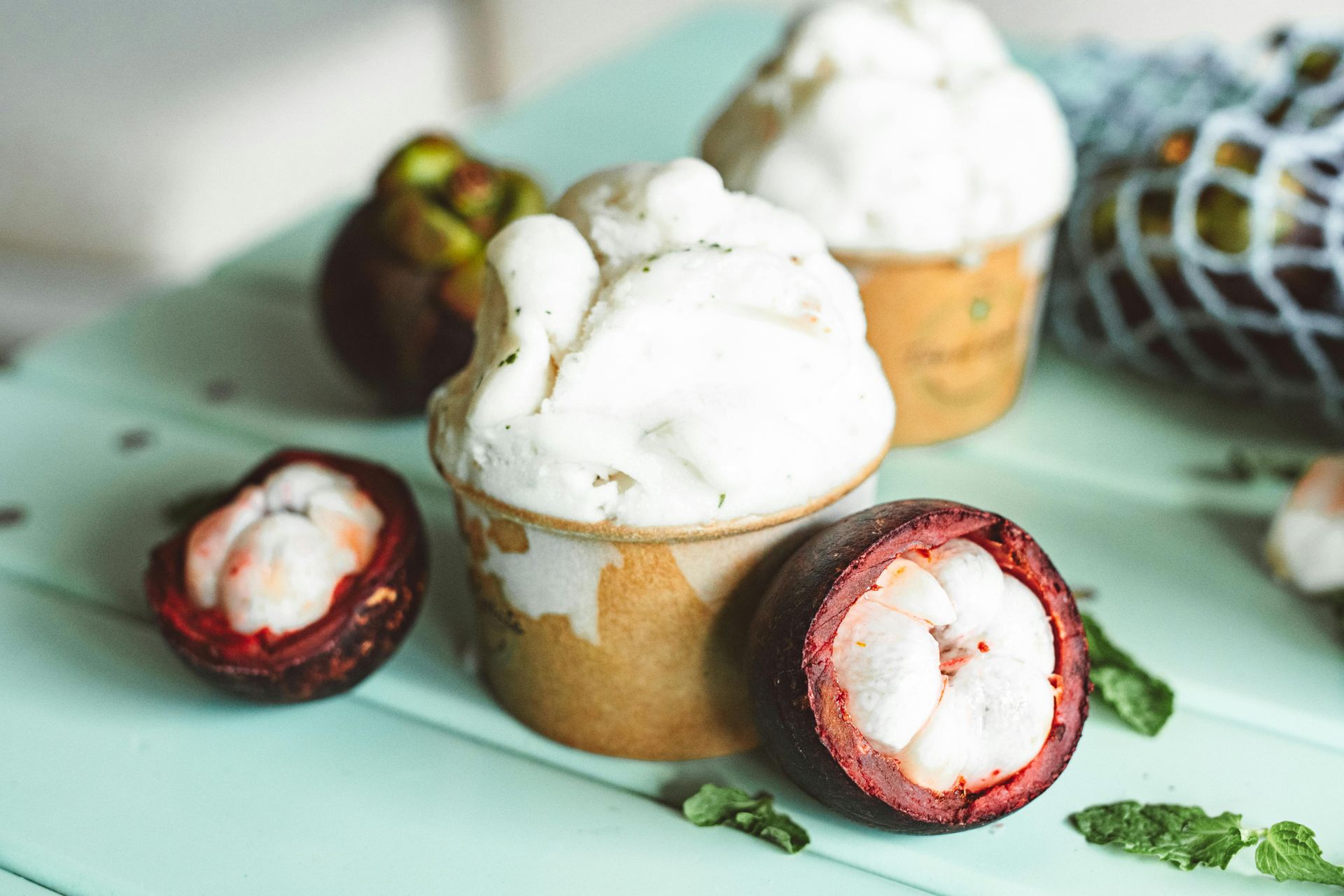How To Grow Mangostien Tree
How to Grow a Mangosteen Tree: A Simple Guide
Mangosteen trees produce a delicious fruit that’s popular for its sweet, juicy taste and health benefits. Mangosteen trees grow slowly, so it takes time, but with good care, you can enjoy fresh mangosteens from your own tree. Here’s everything you need to know.
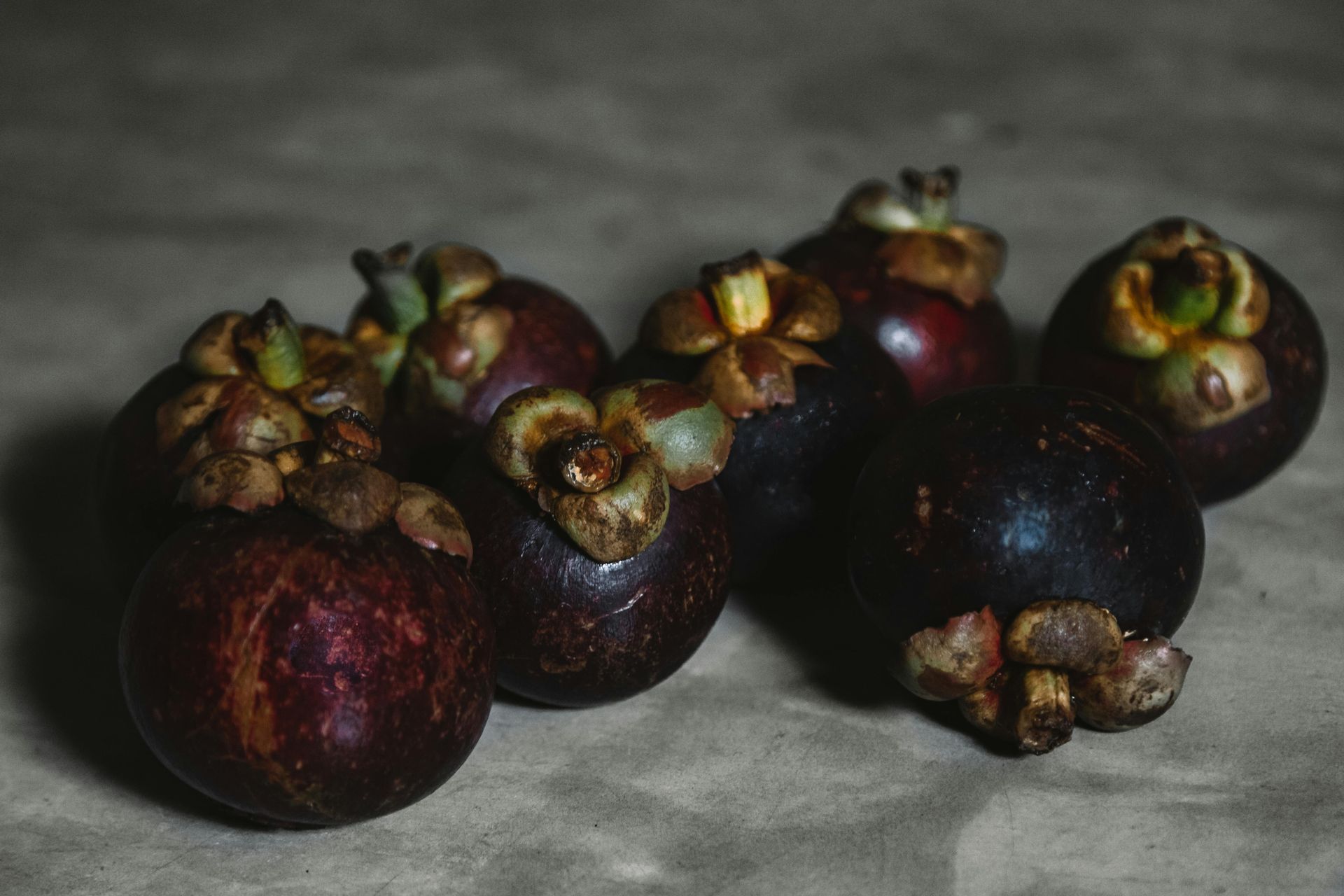
1. Understanding Mangosteen Trees

Mangosteen trees come from Southeast Asia and need a warm, humid climate with a lot of rain to grow well. They are best suited for tropical and subtropical regions. These trees can grow as tall as 20–80 feet and take about 10–15 years to start producing fruit when grown from seeds.
2. Seed-Grown vs. Grafted Trees
How you start your mangosteen tree can affect its growth and how soon it will produce fruit.
Seed-Grown Trees: Growing from seeds is common, but it takes longer to get fruit.
Grafted Trees: Grafted trees can produce fruit sooner, often within 5–7 years, though they can be more expensive and harder to find.

3. Choosing the Right Spot for Your Mangosteen Tree
Mangosteen trees are sensitive to their surroundings and need the right conditions.
Climate and Sunlight: They thrive in temperatures of 25–35°C (77–95°F) and need partial shade in very hot climates. High humidity and protection from strong winds help them grow well.
Soil Requirements: Choose soil that’s rich, drains well, and is slightly acidic (pH 5.5–6.5). Adding organic compost helps make the soil healthier.
Spacing: Mangosteen trees grow tall, so make sure to plant them with 20–30 feet of space around them to give them room to spread out.
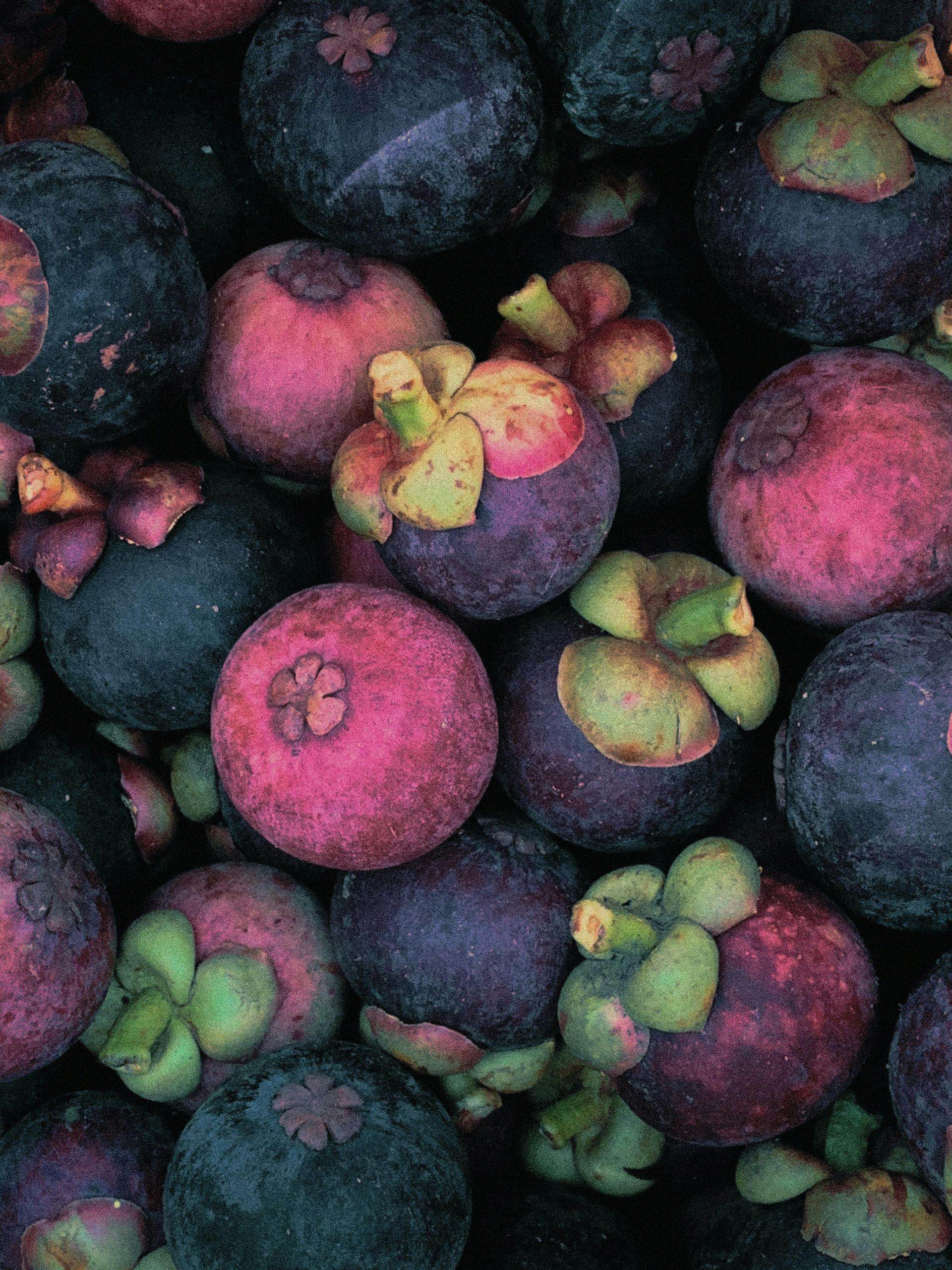
4. Planting the Tree
Here’s how to plant your mangosteen tree:
Prepare the Hole: Dig a hole twice as wide and deep as the tree’s root ball or container.
Planting: Place the tree in the hole, making sure it’s straight, then fill the hole with soil.
Watering: Water the tree right after planting. Keep the soil moist, but don’t let it get too soggy since mangosteen trees don’t like standing water.
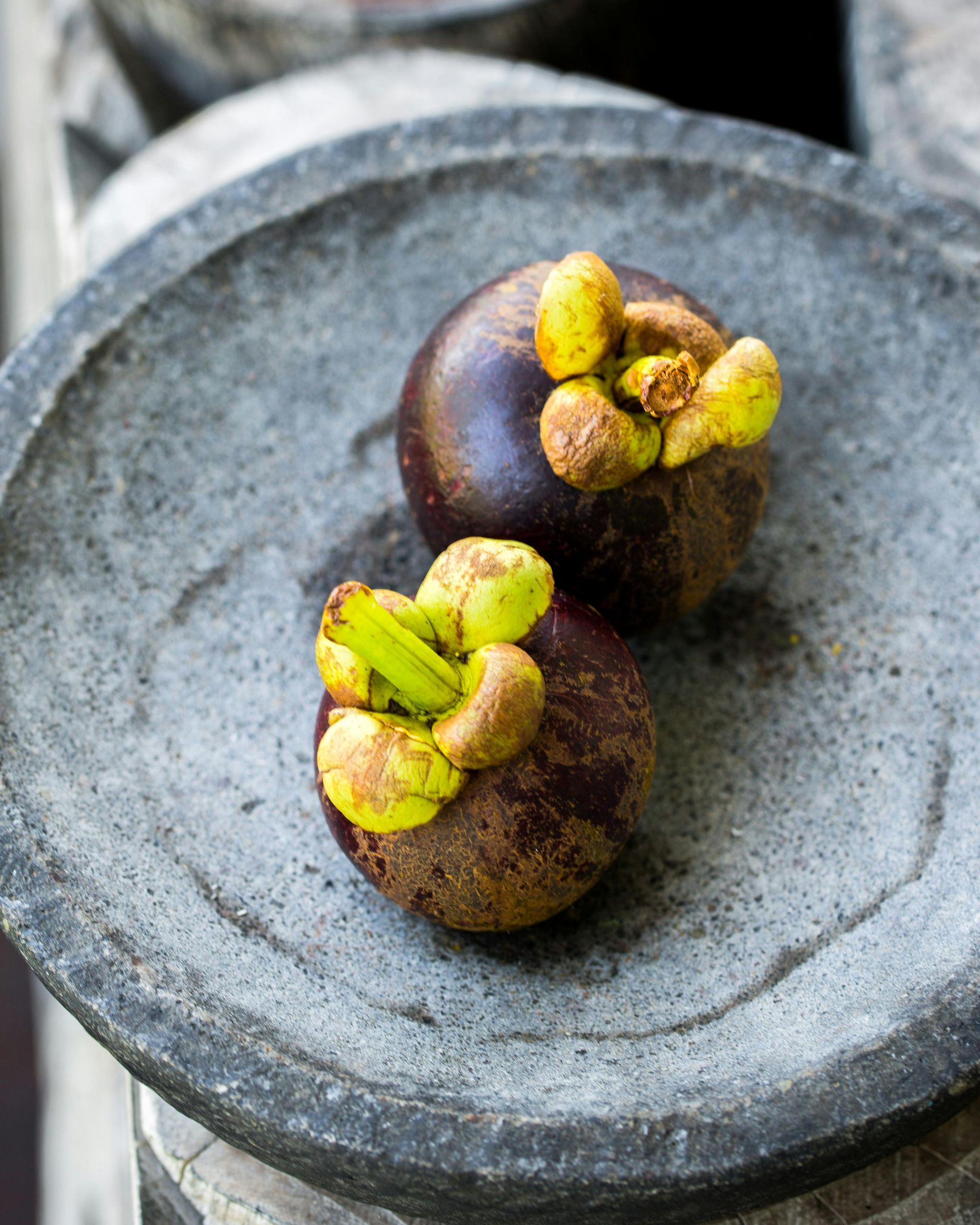
5. Taking Care of Your Mangosteen Tree
Mangosteen trees need regular care, especially in the first few years, to grow well.
Watering: Keep the soil moist by watering 2–3 times a week, especially during dry periods. Mangosteens have shallow roots, so they need frequent, light watering.
Fertilizing: Feed the tree with a balanced fertilizer every three months and add compost to improve soil nutrients.
Mulching: Place mulch around the base of the tree to help keep moisture in the soil, reduce weeds, and keep the ground temperature steady. Use organic mulch, but don’t let it touch the trunk.
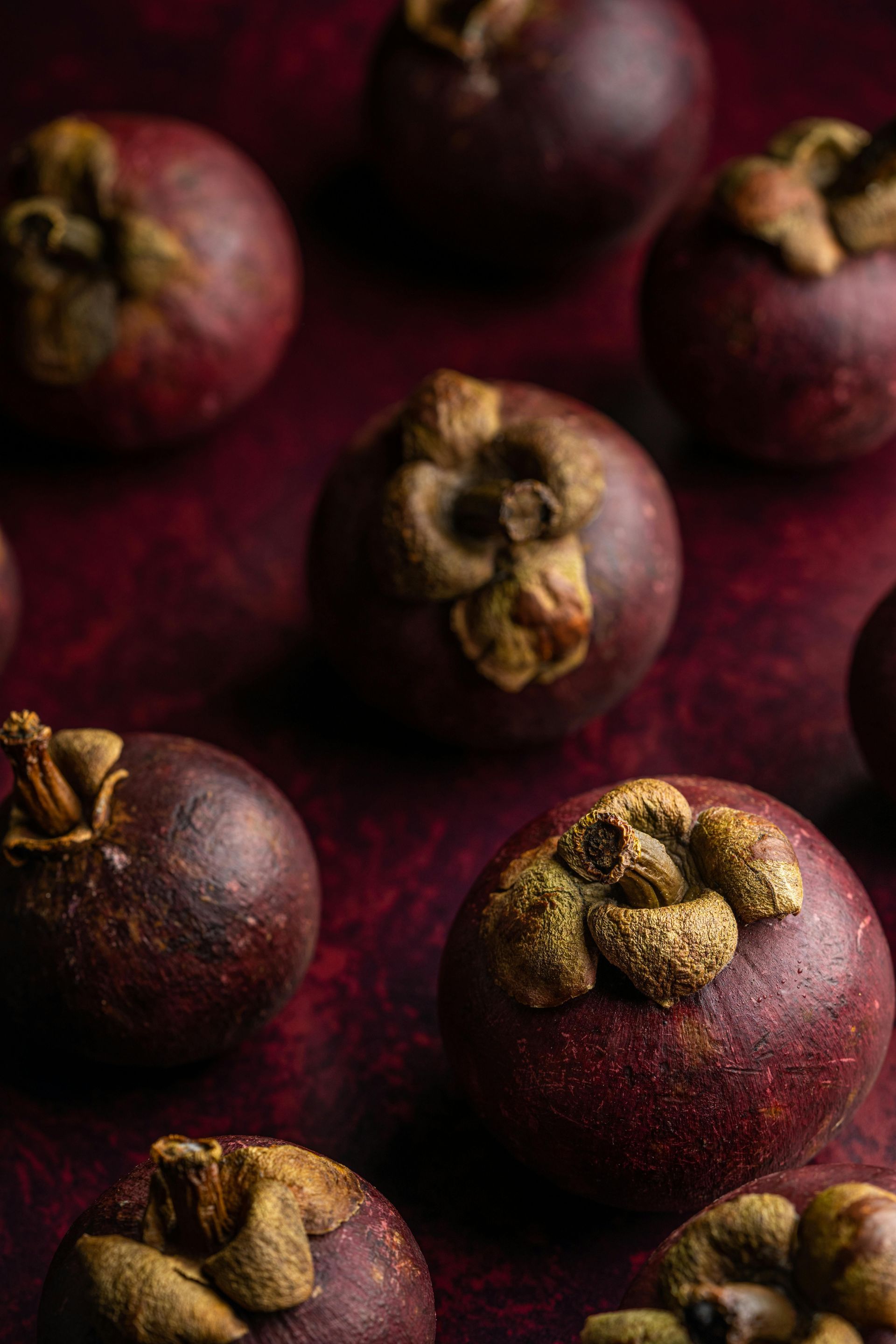
6. Helping Your Tree Grow and Produce Fruit
Mangosteen trees take time to grow and fruit, but with patience, they’ll reward you with delicious fruit.
Pruning: Trim dead or damaged branches to improve airflow and reduce the chance of pests and diseases. Avoid heavy pruning since mangosteen trees are naturally slow-growing.
Temperature Sensitivity: Protect young mangosteen trees from extreme heat or cold. In cooler areas, use a greenhouse or shade cloth to help the tree grow.
Fruiting Time: It takes years for a mangosteen tree to produce fruit. Consistent care, watering, fertilizing, and pruning will give the tree the best chance to fruit when it’s ready.
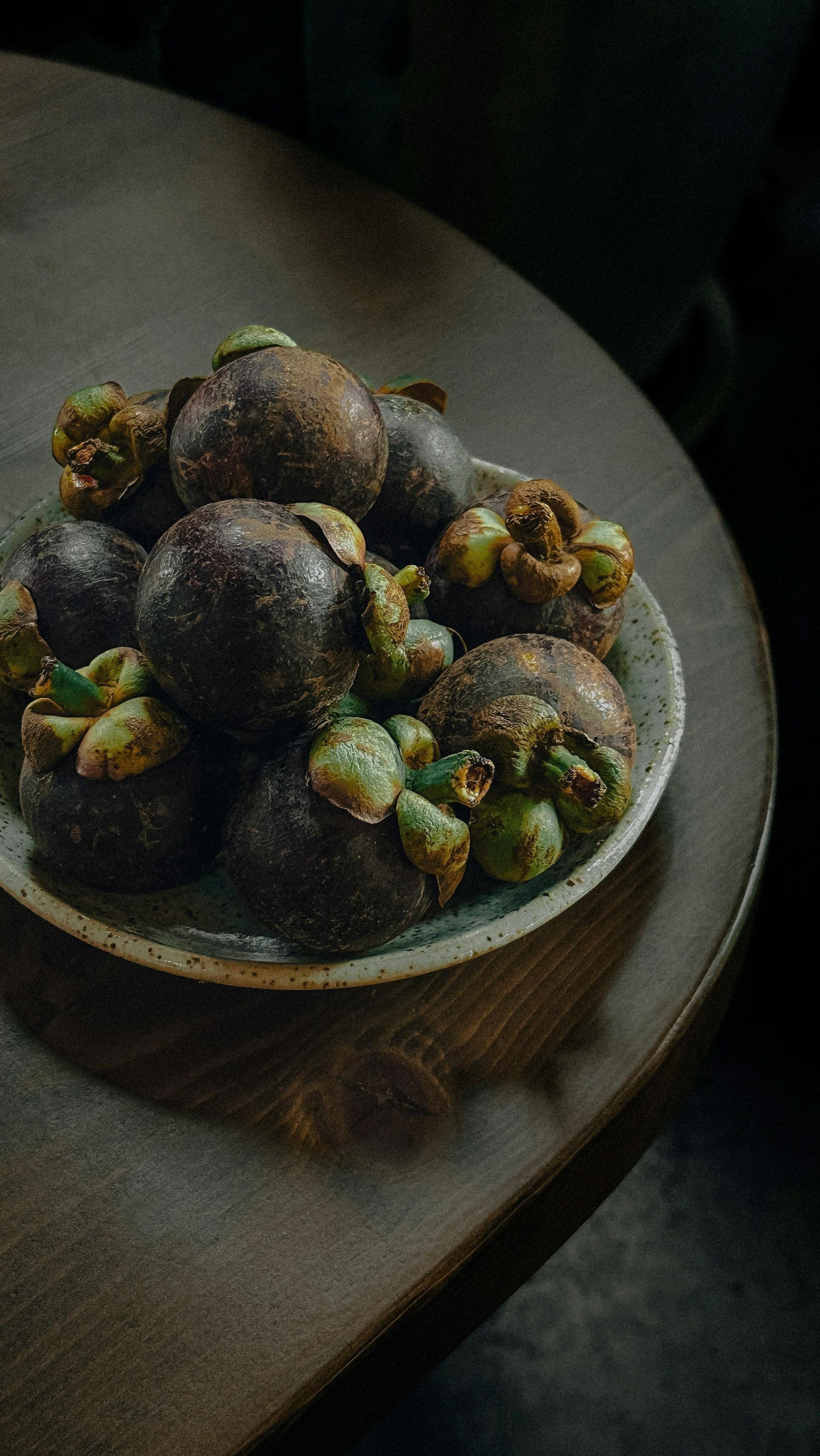
7. Harvesting Mangosteens
Harvesting mangosteen requires patience, but the fruit is worth the wait.
Signs of Ripeness: Mangosteen fruits are ripe when the skin turns dark purple. They should feel a bit soft when squeezed.
Harvesting: Wear gloves to protect your hands from the latex that can come out of the fruit’s skin. Gently twist the fruit off or cut it from the branch.
Storage: Mangosteens are best eaten fresh, but you can store them in the fridge for a few days.
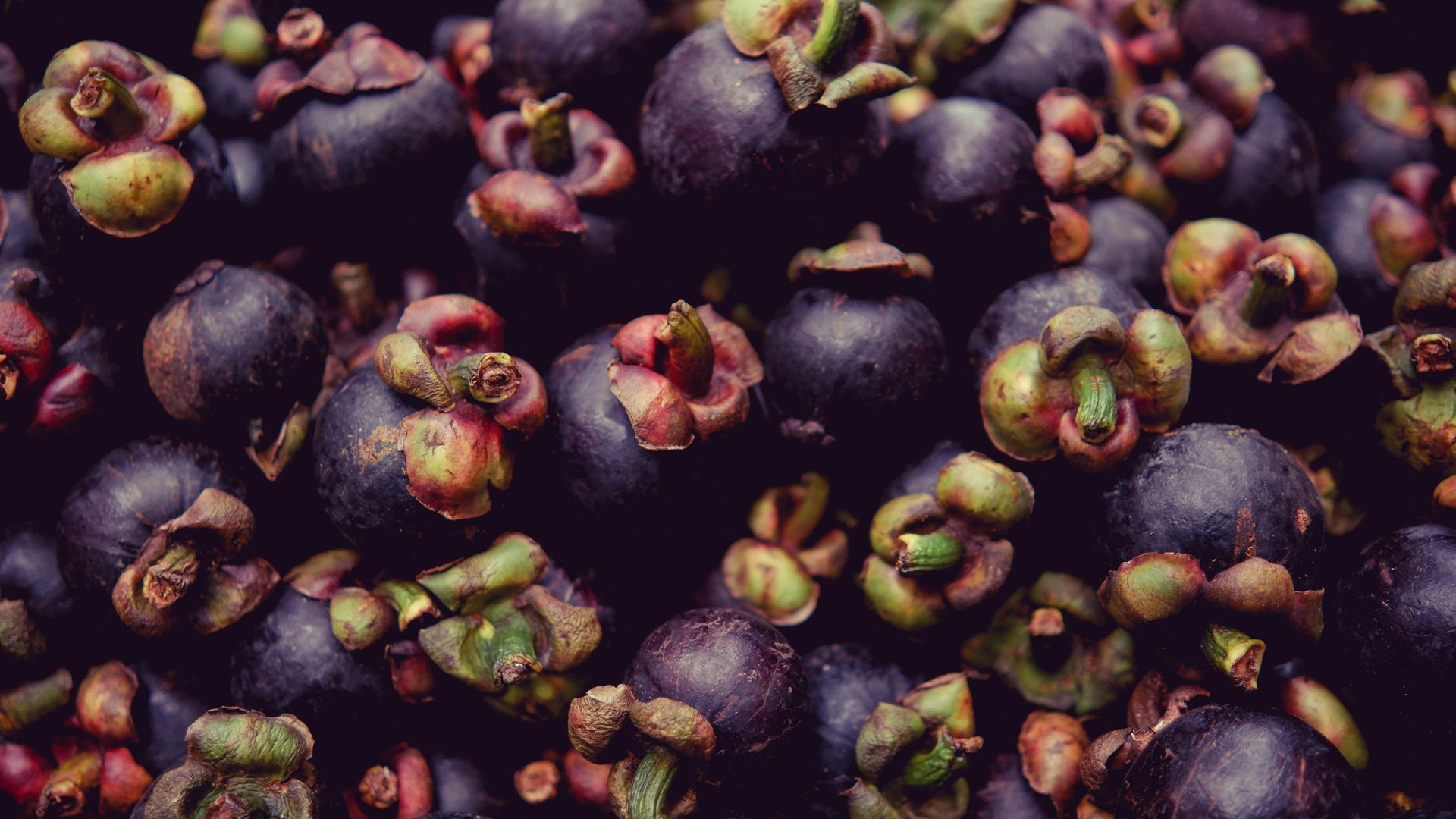
8. Common Problems and How to Fix Them
Mangosteen trees may face a few challenges, but here’s how to handle the common ones:
Pests: Pests like aphids and scale insects can damage the tree. Use natural insecticides or neem oil to keep them away.
Diseases: Fungal infections and root rot can happen in humid climates. Make sure the soil drains well and avoid overwatering.
Yellow Leaves: If the leaves turn yellow, the tree might need more nitrogen or iron. Adjust the fertilizer and check the soil pH.
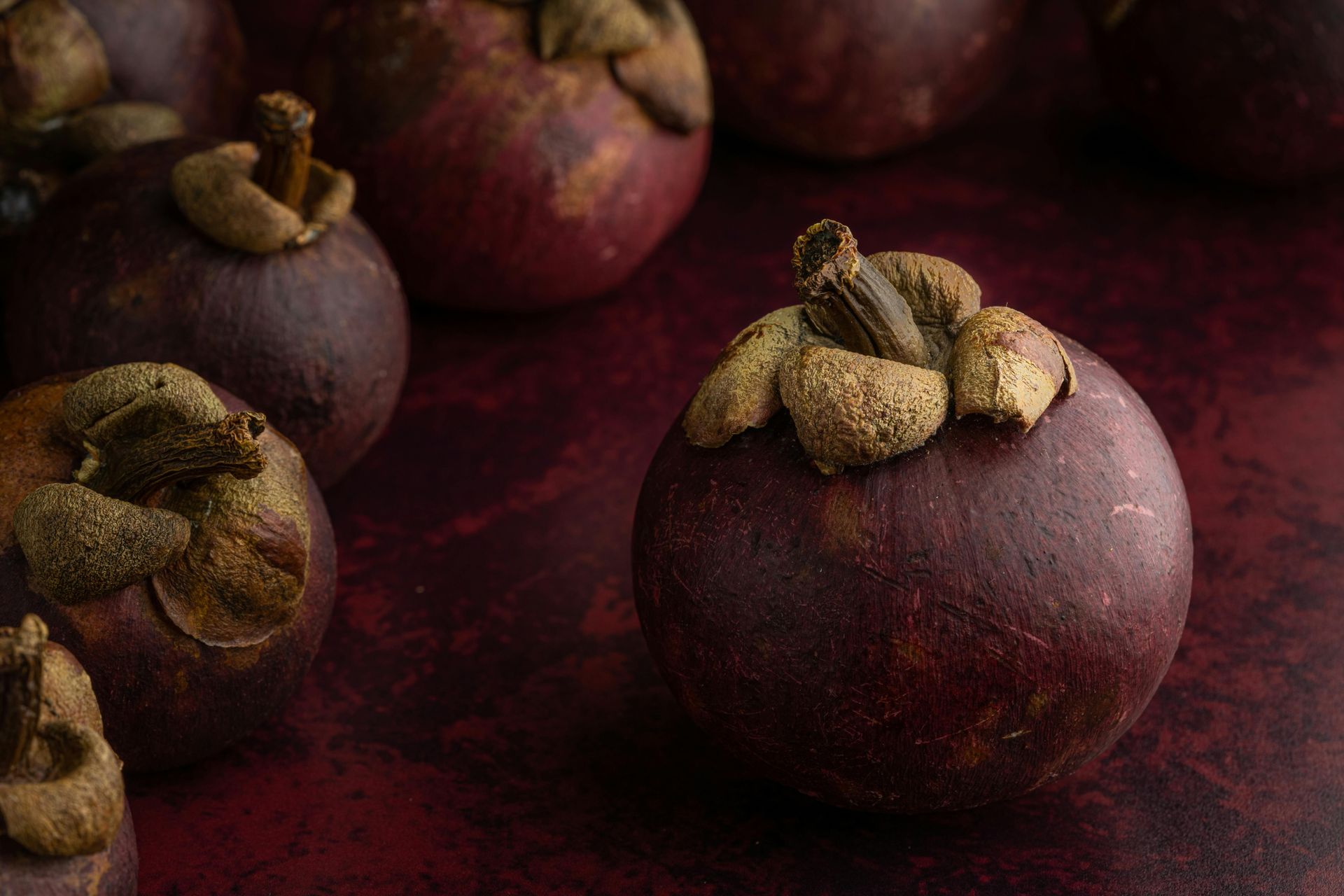
9. Enjoying Your Mangosteens
Mangosteens are known for their great taste and health benefits.
How to Eat: To eat a mangosteen, cut through the thick rind and enjoy the juicy white sections inside.
Health Benefits: Mangosteens are high in antioxidants, vitamin C, and fiber, and have anti-inflammatory benefits.
Saving Seeds: If you want to grow more trees, save seeds from ripe fruit. Plant them soon after harvest since they lose freshness quickly.
Conclusion
Growing a mangosteen tree takes time and patience, but it’s worth it. By following these steps, you’ll be on your way to growing a healthy tree and enjoying delicious mangosteens in the future.
